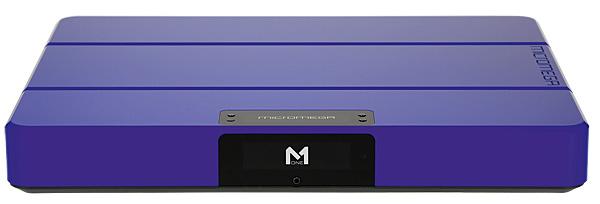Pre/Power Amplifiers
Sort By: Post DateTitle Publish Date
|
Jun 04, 2025 |
First Published: May 01, 2025
|
Mar 23, 2021 |
First Published: Jan 01, 1997
|
Jul 30, 2019 |
First Published: Mar 01, 1990
|
Jun 01, 2018
|
Jan 16, 2025 |
First Published: Dec 01, 2024
|
Mar 04, 2022
|
Jan 22, 2015

 'Tubes Rule' is the Manley Labs mantra as we catch up with an aquatically-inspired pre/ monoblock combo that have been at the core of its range for the best part of 20 years
'Tubes Rule' is the Manley Labs mantra as we catch up with an aquatically-inspired pre/ monoblock combo that have been at the core of its range for the best part of 20 years

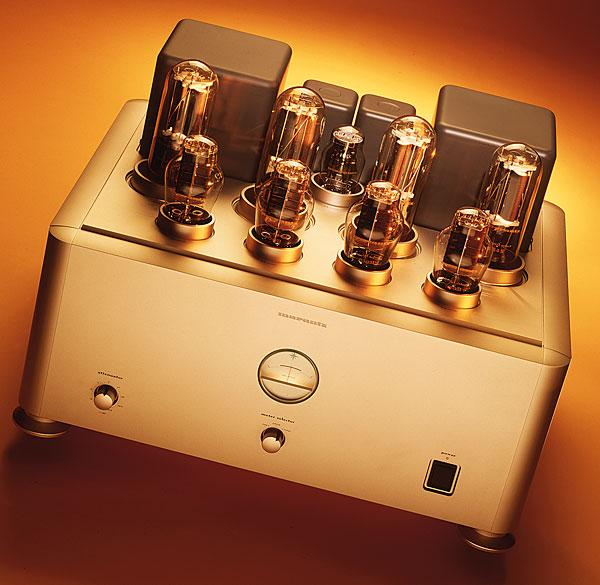
 Classic tubes meet modern tech in the £30,000 Project T-1 monoblocks. Is this Marantz's ultimate amplifier, asks an awestruck Ken Kessler
Classic tubes meet modern tech in the £30,000 Project T-1 monoblocks. Is this Marantz's ultimate amplifier, asks an awestruck Ken Kessler
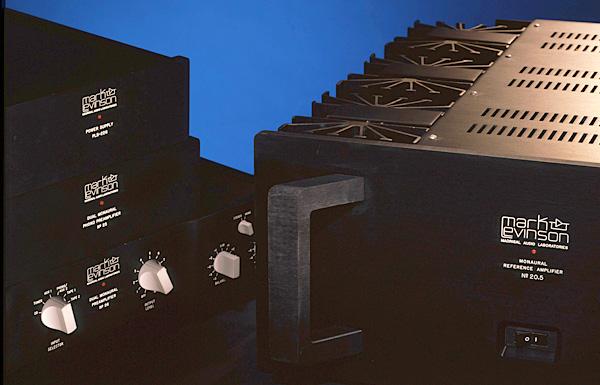
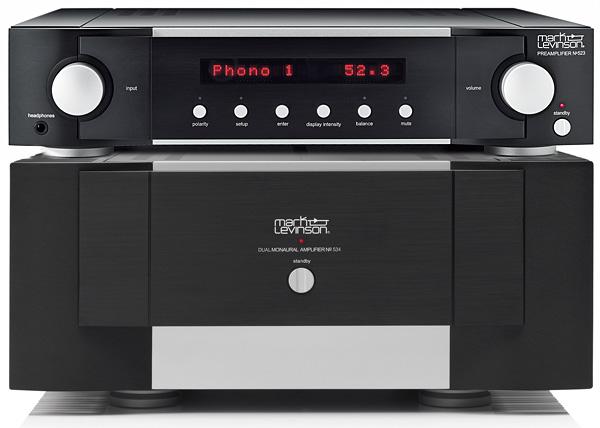



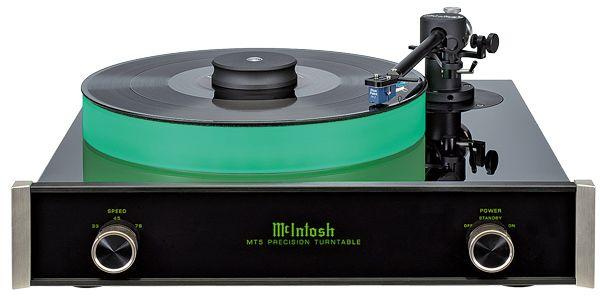
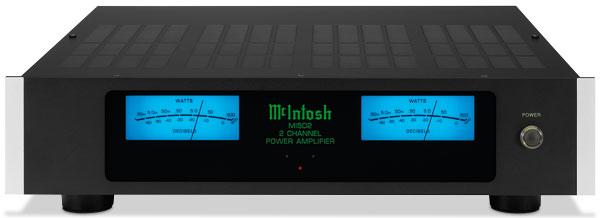
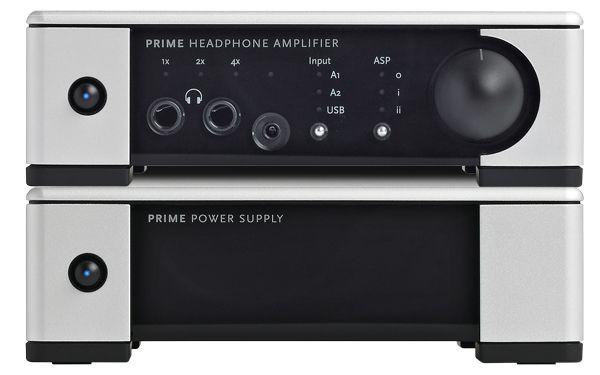
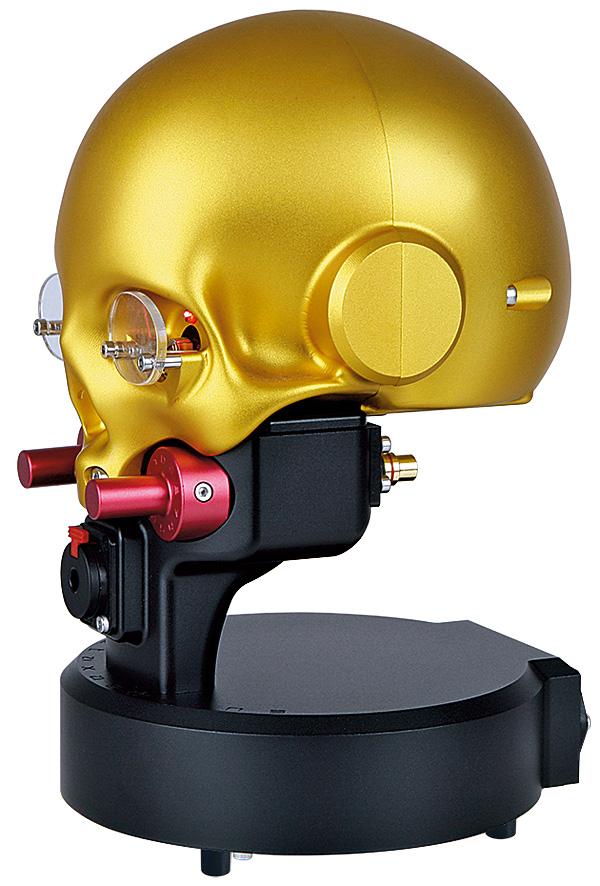
 Something for the high-end user with a sense of fun – Metaxas' Marquis 'Memento Mori' headphone amp marries form with function and the result is rather jolly. Er, Roger.
Something for the high-end user with a sense of fun – Metaxas' Marquis 'Memento Mori' headphone amp marries form with function and the result is rather jolly. Er, Roger.
